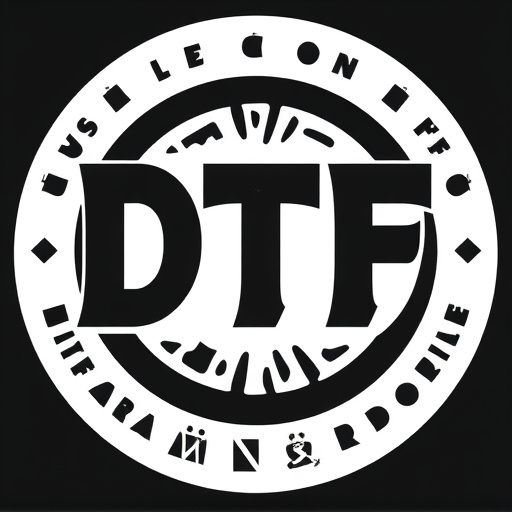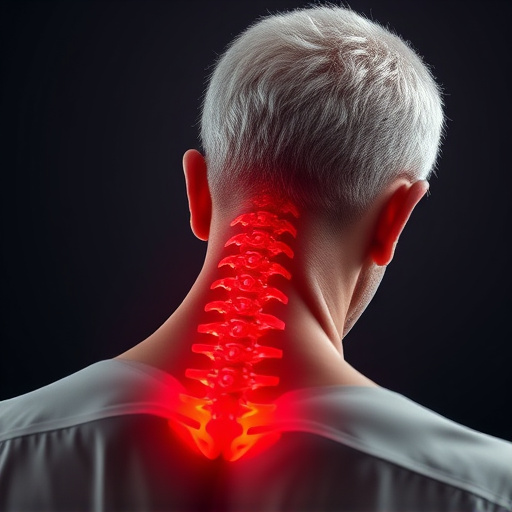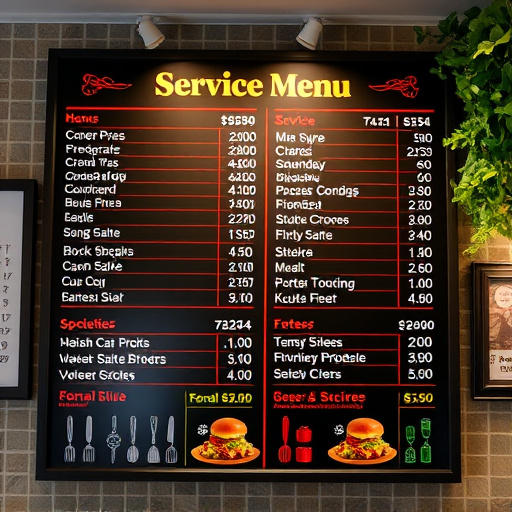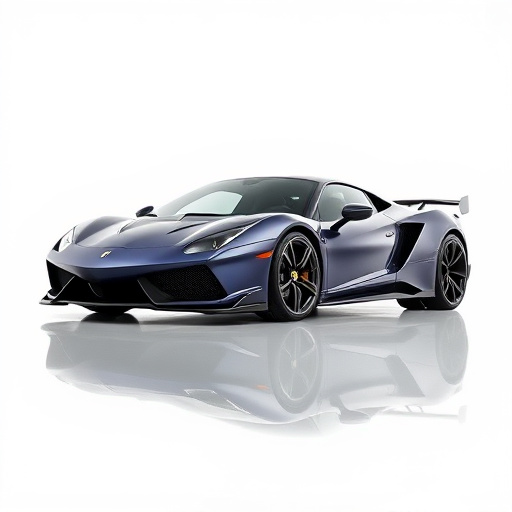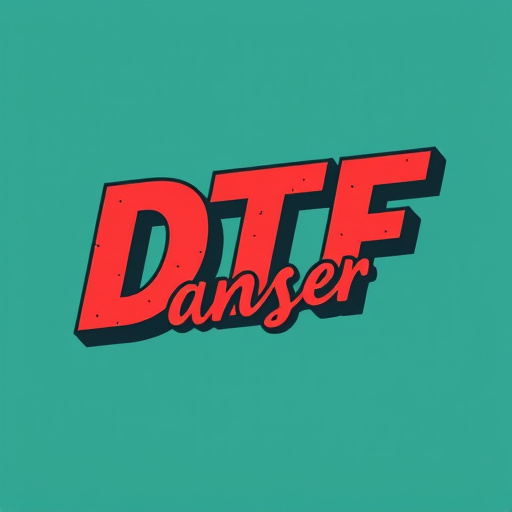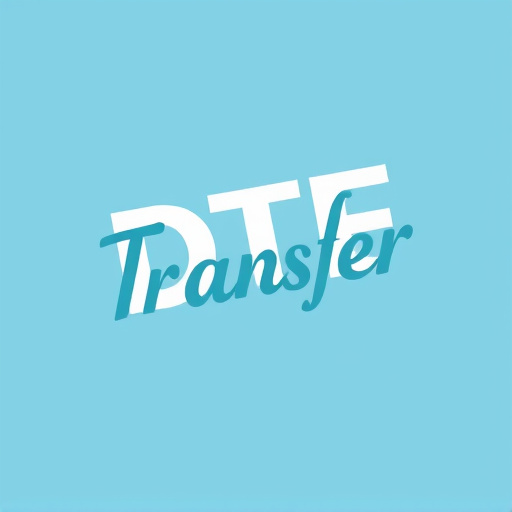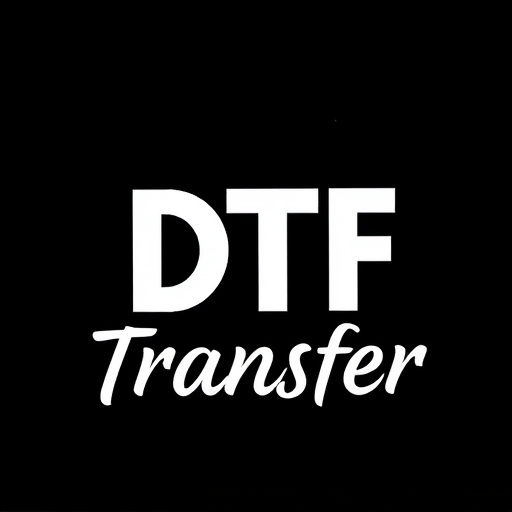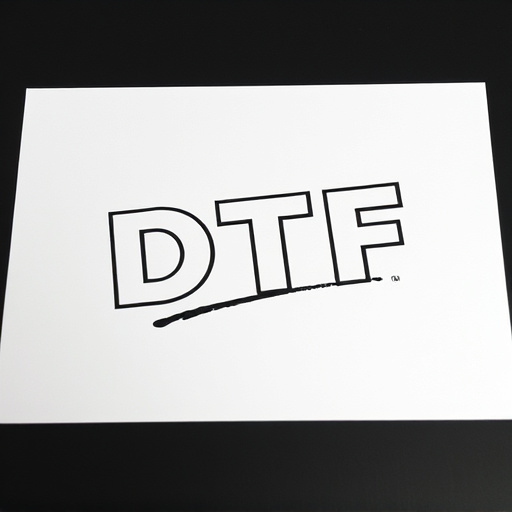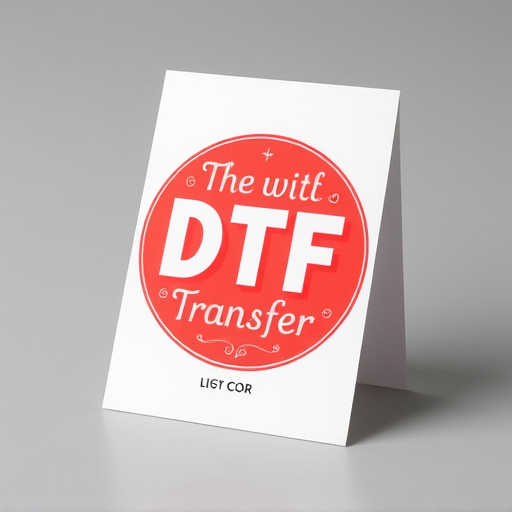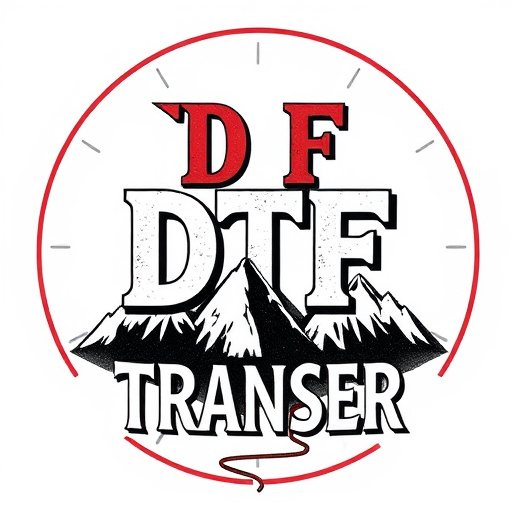Direct to Film (DTF) technology revolutionizes printing with precise, vibrant multi-design transfers on various materials. This cost-effective method, accessible to DIYers and small businesses, enables the creation of unique designs for apparel, home decor, and more. Using specialized software, users upload designs optimized for DTF printing, which are then transferred onto fabrics or other substrates via a six-step process. The right DTF transfer materials ensure high-quality prints with optimal durability and aesthetics. DTF Transfers offer creative versatility in projects from t-shirt design to mixed media art. Businesses can capitalize on the personalized product trend by offering DTF transfer services, attracting fashion designers, small business owners, and hobbyists alike.
Unleash your creativity with DTF (Direct-To-Film) transfer sheets – a game-changing printing method that lets customers design multiple prints on a single sheet. This innovative technology is transforming the way we personalize and mass-produce items, from apparel to accessories. In this comprehensive guide, we’ll explore the benefits of custom multi-design transfer sheets, the step-by-step DTF printing process, material selection tips, creative applications, and even business opportunities in offering DTF transfer services and prints.
- Understanding DTF Transfer: A Revolutionary Printing Method
- The Benefits of Custom Multi-Design Transfer Sheets
- How the DTF Printing Process Works Step by Step
- Choosing the Right Materials for Optimal DTF Prints
- Creative Ways to Utilize Multi-Design Transfer Sheets
- Business Opportunities: Selling DTF Transfer Services and Prints
Understanding DTF Transfer: A Revolutionary Printing Method
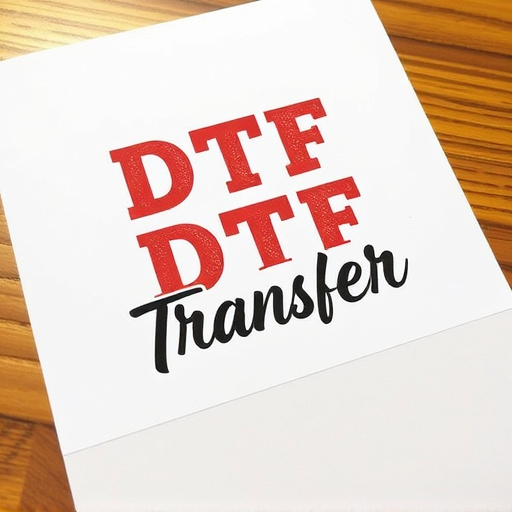
The world of printing has seen a remarkable evolution with the introduction of DTF (Direct to Film) Transfer technology. This innovative method has revolutionized the way we approach custom printing, especially for transferring designs onto various materials like fabric, wood, and more. Unlike traditional printing techniques, DTF involves directly applying ink to a thin film, creating precise and vibrant prints. By using advanced machines, customers can now effortlessly create multi-design transfer sheets, offering unparalleled flexibility in their creative projects.
With DTF Printing, the process is both efficient and versatile. It allows for complex designs with rich colors and fine details, ensuring that every print looks as intended. This technology has sparked a new wave of creativity, enabling folks from all walks of life to bring their artistic visions to life. Whether it’s for personal projects or small businesses, DTF Transfer sheets offer a cost-effective and efficient solution for achieving professional-grade prints, making it a game-changer in the world of DIY and custom design.
The Benefits of Custom Multi-Design Transfer Sheets
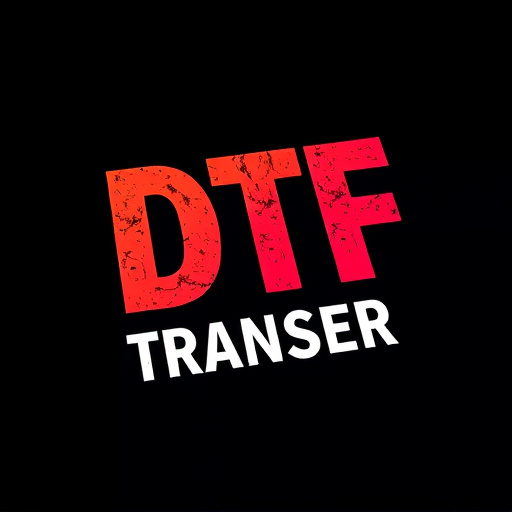
Custom multi-design transfer sheets offer a myriad of advantages for customers looking to enhance their creative projects. With DTF (Direct To Fabric) transfer technology, users can easily create unique and personalized designs on various fabrics, from t-shirts to home decor items. This versatility allows individuals to express their artistic vision and bring their ideas to life with precision and efficiency.
Moreover, DTF Printing provides an array of benefits, including high-quality prints that are durable and long-lasting. The multi-design feature enables customers to experiment with different styles and patterns, making it ideal for small businesses or individuals looking to offer custom apparel or homeware. This innovative process streamlines the design-to-product transformation, giving users the freedom to create and sell their own branded merchandise without the need for complex equipment or extensive knowledge.
How the DTF Printing Process Works Step by Step
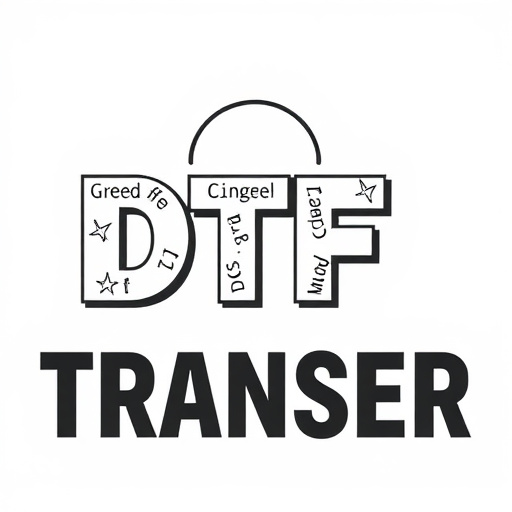
The Direct to Fabric (DTF) Printing process has revolutionized the way custom print designs are transferred onto various materials, particularly fabrics. Here’s a step-by-step breakdown of how this innovative technology works:
1. Design Creation: It all starts with customers creating or uploading their desired design using specialized software. This could be anything from simple text to intricate graphics and patterns. The design is then optimized for DTF printing, ensuring it meets the required resolution and format specifications.
2. Screen Preparation: Once the design is finalized, a screen (a fine mesh stretched over a frame) is prepared. A stencil is created by blocking off sections of the screen corresponding to the design elements. This process allows only specific areas of the screen to be porous, through which ink can pass.
3. Ink Application: The DTF printer applies a thin layer of fabric-compatible ink onto the screen. When the ink is cured (often with UV light), it solidifies, except for the areas blocked by the stencil. This creates a reusable master for printing.
4. Fabric Preparation: Meanwhile, the customer’s chosen fabric is laid out on a flat surface or a cutting table within the printer. The fabric acts as the transfer sheet, ready to receive the ink from the screen.
5. Printing & Transfer: The screen is then gently pressed against the fabric, and a roller or mechanism forces ink through the open pores of the screen onto the fabric. The porous areas align with the design elements intended for that specific print. This creates a direct transfer of the design onto the fabric, resulting in vibrant DTF prints.
6. Curing & Finishing: After printing, the fabric goes through a curing process to set the ink permanently. Post-curing may involve heating or additional UV exposure depending on the fabric type and ink used. Once cured, the fabric is ready for cutting, sewing, or other finishing processes based on the customer’s final product requirements.
Choosing the Right Materials for Optimal DTF Prints
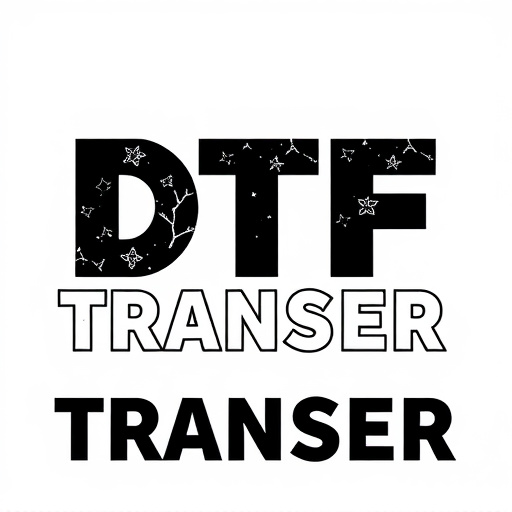
When creating multi-design transfer sheets with DTF (Direct to Film) printing, selecting the right materials is paramount for achieving optimal results. The quality and type of film used can significantly impact print clarity, durability, and overall aesthetics. Opt for high-quality DTF transfer films designed specifically for your desired substrate—whether it’s t-shirts, mugs, or other surfaces. These specialized films offer better adhesion, vibrancy in colors, and resistance to fading, ensuring your designs look as intended long after the printing process.
Consider factors like film thickness, release agent properties, and transparency when making your choice. Thicker films may provide enhanced durability but could impact print detail, while a good release agent ensures easy removal from the substrate without leaving residue. Transparent films allow for precise alignment during printing, enabling you to achieve crisp, clean lines in your DTF prints. Choosing the right materials is a crucial step that will ultimately influence the final quality of your multi-design transfer sheets.
Creative Ways to Utilize Multi-Design Transfer Sheets
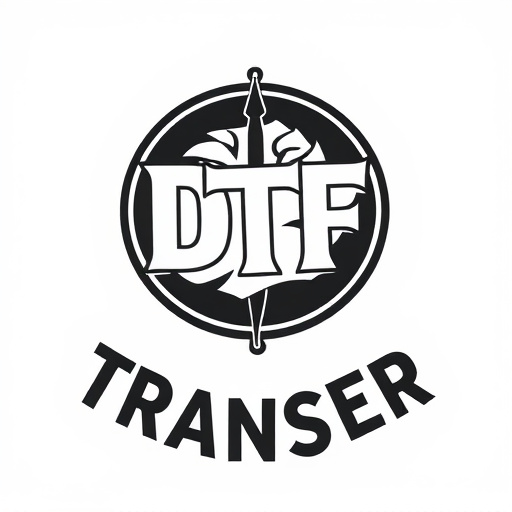
Using multi-design transfer sheets, or DTF Transfers, opens up a world of creative possibilities for both hobbyists and professionals alike. Beyond simply applying patterns to t-shirts, these versatile sheets can be used for a diverse range of DIY projects. Imagine adorning furniture with unique designs, creating custom fabric for home decor items, or even adding personalized touches to ceramics and woodcrafts with intricate DTF prints.
The potential doesn’t stop at traditional surfaces either. DTF printing can also be incorporated into mixed media art, allowing artists to incorporate detailed line work, textures, and patterns onto canvas, paper, or even fabric. This cross-pollination of mediums expands artistic horizons and invites experimentation with new techniques, making multi-design transfer sheets a valuable asset for any creative endeavor involving printmaking or surface decoration.
Business Opportunities: Selling DTF Transfer Services and Prints
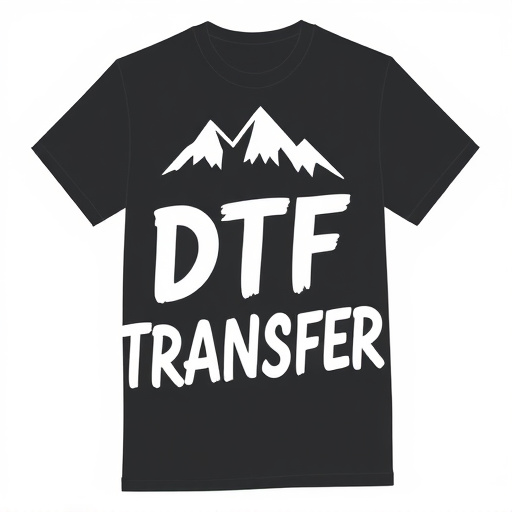
In today’s creative and customizable market, businesses have a unique opportunity to tap into a growing demand for personalized products. By offering DTF (Direct-to-Film) transfer services, companies can cater to customers seeking innovative ways to bring their designs to life on various materials. This technology allows for intricate, high-quality prints, opening doors to a wide range of applications and target audiences. From custom clothing and accessories to home decor items, the possibilities are endless. By providing DTF transfer sheets with multi-design capabilities, businesses can attract a diverse customer base, including fashion designers, small business owners, and hobbyists looking for unique ways to express their creativity.
Selling DTF transfer services and prints presents a lucrative opportunity to generate revenue through multiple channels. Businesses can offer packages tailored to different customer needs, such as bulk orders for clothing manufacturers or single-sheet purchases for individual artists. Additionally, the ability to create custom designs on demand can lead to increased sales and customer satisfaction. As the demand for personalized, on-trend products continues to rise, embracing DTF technology and its versatile applications will undoubtedly be a strategic move for any forward-thinking business in this industry.

